Introduction: The Charm of Areca Palms
The areca palm, with its delightful feathery fronds and lush green allure, has long captivated plant enthusiasts and interior decorators alike. As versatile companions to interior spaces, these palms infuse a sense of tropical elegance into any room they inhabit. Whether gracing a sunlit corner of a modern office or adding a natural touch to a cozy living space, the areca palm is a favorite for its beauty and minimal care requirements.
The areca palm, scientifically known as Dypsis lutescens, originates from the warm climates of the Madagascar soil. Its ease of care and graceful appearance have made it a popular choice not only in homes across the globe but also in commercial spaces seeking aesthetic enhancement and natural air purification.
Understanding the Areca Palm

Description and Origin
Native Regions
The areca palm is native to Madagascar, a biodiverse island nation off the southeastern coast of Africa. In its natural habitat, this palm grows in sunny, subtropical conditions, often reaching heights that allow it to compete for sunlight among taller rainforest trees.
Physical Characteristics
The areca palm is characterized by its elegant, arching fronds, which can grow up to several feet in length. Each frond comprises multiple leaflets, providing an airy and open appearance. In optimal conditions, areca palms can reach a height of six to ten feet when grown indoors. Outside, they may climb to towering heights of over twenty feet.
Benefits of Areca
Air Purification
Not just a pretty plant, the areca palm is also a powerful air purifier. Studies by NASA reveal that areca palms can filter pollutants like formaldehyde, benzene, and carbon monoxide, thus enhancing indoor air quality and contributing positively to the mental and physical well-being of those who share their space with them.
Humidity Control
These palms are natural humidifiers, releasing moisture as they transpire. This characteristic can help maintain humidity levels in indoor environments, especially valuable in dry climates or during winter months when artificial heating systems reduce indoor humidity.

Decorative Appeal
The aesthetic appeal of the areca palm is undeniable. Its lush greenery fits seamlessly into modern, minimalistic spaces as well as traditional or eclectic decors, making it a versatile choice for any style preference.
Essential Areca Palm Care Tips
Light Requirements
Areca palms thrive in bright, indirect light. Position them near east or west-facing windows where they can receive filtered sunlight without exposure to harsh direct rays that may scorch their fronds. Their tolerance for lower light environments means they can adapt to indoor conditions with ease, but optimal growth occurs in well-lit spaces.
Watering and Humidity
Watering Schedule
Areca palms prefer consistency when it comes to watering. The soil should be allowed to dry out between waterings, preventing root rot that's caused by overwatering. Plan to water your areca palm approximately once a week, increasing frequency during growing seasons and reducing during dormancy.

Humidity Needs
Given their origins, areca palms flourish in humid environments. Consider using a humidity tray or a room humidifier to maintain optimal levels, especially during periods of low indoor humidity.
Soil and Potting
For your areca palm to thrive, proper soil composition is crucial. A well-draining potting mix, ideally one formulated for palms, is recommended. Regular repotting every couple of years will support healthy growth and prevent pot-bound roots.
Fertilization
Feed your areca palm with a balanced, water-soluble fertilizer during its growing season, typically spring and summer. Dilute the fertilizer to half strength and apply once a month to encourage robust growth and lush foliage. Avoid fertilization during the plant's dormant periods in fall and winter.
Common Areca Palm Issues and Solutions
Browning Tips and Fronds
If you notice browning tips and edges on your palm's fronds, this could indicate insufficient humidity, too much direct sunlight, or inconsistent watering. Raise the humidity around the plant, check your watering routine, and adjust the plant's position to avoid intense sunlight.

Yellowing Fronds
Yellowing fronds can signal a variety of issues, from nutrient deficiencies, such as a lack of magnesium or iron, to overwatering. Verify soil moisture levels and adjust watering as necessary; consider adding a palm-specific fertilizer if nutritional needs are suspected.
Pests and Diseases
Areca palms might occasionally attract pests such as spider mites or mealybugs. Regularly inspect your plant and, if required, treat with insecticidal soap or neem oil to control infestations. Good airflow and proper watering can aid in preventing such problems.
Areca Palm Decor and Placement Ideas
Indoor Decor with Areca Palms
Areca palms are a perfect fit for a myriad of indoor settings. They can be styled to create lush dividers in open-plan spaces or to bring a touch of nature into living rooms and bedrooms. Their size ranges make them suitable for positioning in numerous locations, standing as a dramatic focal point or gracefully blending into an accompanying ensemble of houseplants.
Outdoor Placement
While the areca palm is primarily known as an indoor plant, it can be a stunning outdoor feature in regions with appropriate climates. Grouped together, they can create a natural privacy screen, or serve as a standalone feature planting that draws attention in gardens, verandas, or patios.
At Plantology, we offer a selection of tropical palms and other greenery perfect for transforming your indoor and outdoor spaces. Discover our Adonidia Palm Double and other stunning offerings.

Propagation of Areca Palm
Methods of Propagation
Areca palms are typically propagated through seeds or division of clumps. Germinating seeds can be a lengthy process requiring precise conditions. Clump division offers a faster and more reliable method for propagating a new areca palm.
Propagation Steps
Seed Germination
1. Collect fresh seeds and soak them in warm water for 24 hours to soften the hull.
2. Plant seeds in a well-draining soil mix, just below the surface.
3. Maintain a moist soil environment and keep in a warm, humid setting, ideally between 75-85°F.
4. Be patient as germination can take several weeks to months.
Clump Division
1. Gently remove the palm from its pot and loosen the soil from the root ball.
2. Identify and separate a clump of healthy fronds, ensuring each section retains sufficient roots.
3. Repot the divided clumps in a suitable potting mix and water well.
4. Allow the new plants to acclimate in a bright, indirect light environment.
Adding Areca Palms to Your Collection

At Plantology, we pride ourselves on offering a rich selection of houseplants perfect for beginners and seasoned plant lovers alike. Whether you're looking to enhance your living space with the verdant charm of an areca palm or exploring other exquisite options like the Agave Desmettiana Variegata for a statement piece, our store provides diverse, quality plant options delivered to your doorstep.
Conclusion
The areca palm is more than just a plant; it's an embodiment of nature's grace that combines effortless beauty with practical benefits. By following the caring guidelines shared, you can ensure your areca palm remains healthy, vibrant, and a fixture of natural elegance within your home or workspace. Ready to start or expand your collection? Explore the possibilities with Plantology and bring the allure of the areca and other remarkable plants into your life today!
Visit Plantology to discover our full range of plants and find the perfect addition to your indoor garden.
Deeper Dive into Areca Palm Care
Advanced Care Techniques
Temperature Control
Areca palms thrive in warmth, with ideal temperatures ranging between 65 to 75°F (18 to 24°C). While they can tolerate short spells of cooler conditions down to 50°F (10°C), maintaining consistent warmth is crucial for optimal health. Sudden changes in temperature or exposure to drafts can lead to stress, affecting leaf health and overall growth.
Pruning Practices
Regular pruning is essential for maintaining the aesthetic appeal and health of your areca palm. Remove any brown or yellowing fronds at the base using sterilized pruning shears to prevent disease spread. Be mindful not to trim green, healthy fronds as this can impede growth and reduce the plant's photosynthetic efficiency.

Pest Management
To prevent infestations, maintaining cleanliness and sanitation around your plant is key. Inspect the undersides of leaves regularly for signs of pests. For a natural approach, consider introducing beneficial insects such as ladybugs or lacewings that can help control pest populations effectively.
Exploring Areca Palm Varieties
Popular Cultivars
Yellow Butterfly Palm
Known for its bright yellow petioles, the yellow butterfly palm is a visually striking variant of the areca palm. Its vibrant color can add a delightful pop to any indoor plant collection, especially when complemented by contrasting foliage plants.
Golden Cane Palm
This variety is marked by its golden stems and slender growth habit, making it a favorite for homes with limited space. The golden cane palm's manageable size and minimalistic elegance work well in minimalist or Scandinavian decors.
Rare and Exotic Variants
Dypsis Lutescens Variegata
For those looking to add a rare piece to their collection, the variegated form of the areca palm offers unique cream-striped fronds. This uncommon aesthetic feature demands precise care to maintain its variegation and overall health.

Ecological Impact and Role in Native Habitat
Role in Ecosystems
In Madagascar's tropical ecosystems, areca palms play a critical role in the understory layer of rainforests. They provide habitat and shelter for various wildlife species and are integral in the ecological dynamics of flora and fauna interactions.
Conservation Efforts
As with many plant species native to biodiversity hotspots, areca palms face threats from habitat loss and deforestation. Conservation initiatives focus on protecting their natural habitats and promoting sustainable cultivation practices to balance ecological and commercial needs.
Incorporating Areca Palms into Various Design Styles
Scandinavian Minimalism
Pairing the areca palm’s lush greenery with soft wooden tones and neutral color palettes amplifies the serene and clean aesthetic hallmark of Scandinavian design. Position your palm beside large windows to complement natural sunlight and open-air vibes.
Bohemian Eclectics
Embrace the boho style by integrating areca palms among macramé hangings, vivid patterned textiles, and earthy ceramics. The palm's organic elegance and textured fronds create an invigorating visual balance amidst vibrant decor.
Urban Modernity
In contemporary urban setups, areca palms offer a refreshing contrast to sleek lines and industrial elements. Use interesting planters in metallic finishes or sleek monochrome hues to tie in with the urban modern style seamlessly.

Frequently Asked Questions about Areca Palms
Are areca palms safe for pets?
Yes, the areca palm is non-toxic to pets, making it a safe addition for households with curious cats or dogs. Unlike some houseplants that pose risks, the areca's fronds won't harm your furry friends.
Why does my areca palm have white spots?
White spots on fronds often indicate scale insects or salt build-up from water. Clean the leaves with a damp cloth to remove salt residue and use an organic pesticide for pest control. Ensuring proper water drainage and low mineral content in your water supply can prevent recurrence.
Creating a Comprehensive Areca Palm Care Schedule
Monthly Checklist
- Inspect for pests or disease symptoms.
- Assess light conditions and reposition if necessary.
- Recognize seasonal changes and adjust care methods accordingly.
- Refine watering consistency as humidity levels vary.
Bi-annual Maintenance
- Repot if roots outgrow the current container.
- Check soil quality and refresh the top layer to enhance aeration.
- Plan fertilization frequency and formula adjustments to match growth phases.
Embracing Areca Palms: Personal Growth and Environmental Stewardship

A Journey into Plant Parenthood
Welcoming an areca palm into your home opens the door to enhanced environmental awareness and personal growth. Caring for plants provides the peace and reflection often required in our busy lives, turning them into gentle reminders for mindfulness and stewardship.
Sustainability Practices
While indulging in plant care, consider eco-friendly practices such as sustainable potting materials, organic fertilizers, and water conservation habits. Making conscious plant care choices can broaden your positive environmental impact, aligning with a holistic lifestyle philosophy.
Conclusion: The Timeless Appeal of Areca Palms
The enduring allure of the areca palm lies not only in its aesthetic grace but also in its multifaceted benefits ranging from air purification to enhancing decor. By understanding the care needs and styling potentials of these palms, you can maximize their presence in your environment, creating a lush, inviting haven.
Whether starting with a single stem or creating a personal jungle oasis, embrace the journey of plant care with the timeless charm of areca palms. Visit Plantology today to find the perfect palm tailored to your home and lifestyle.



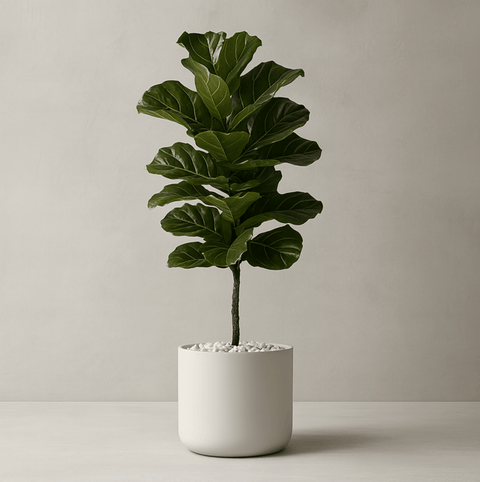

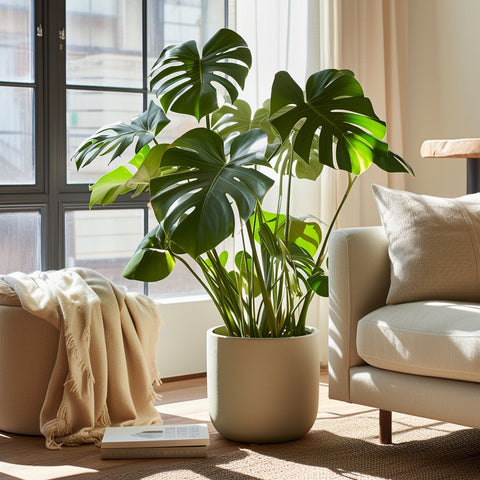
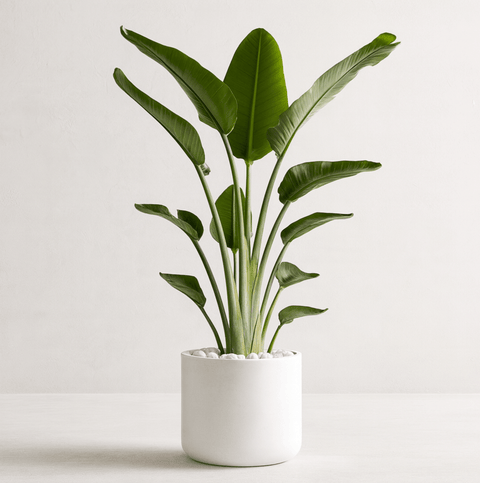

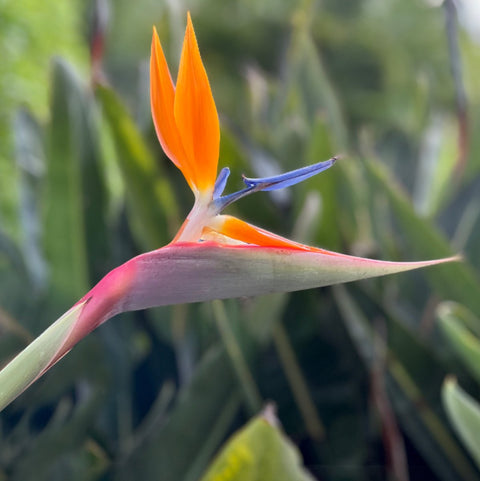

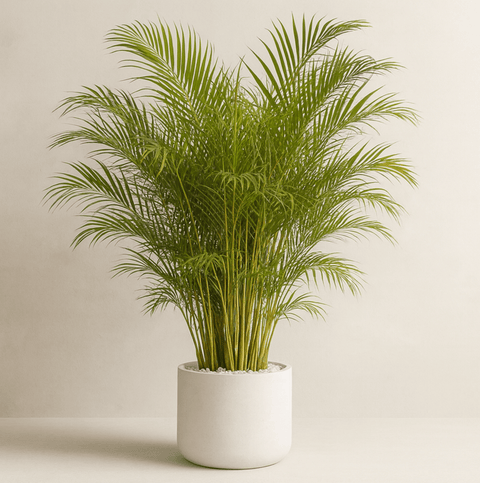


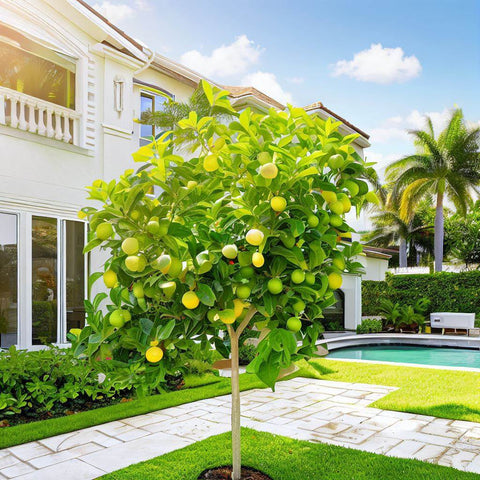


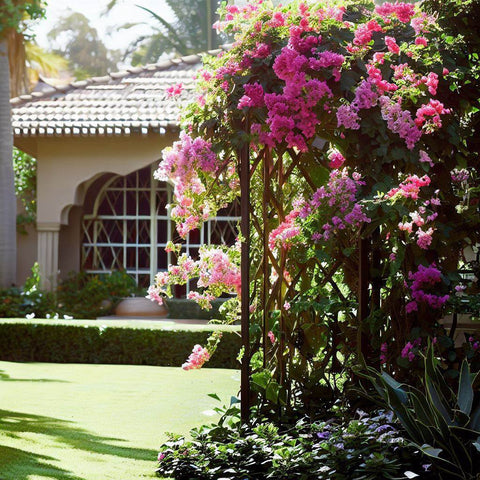
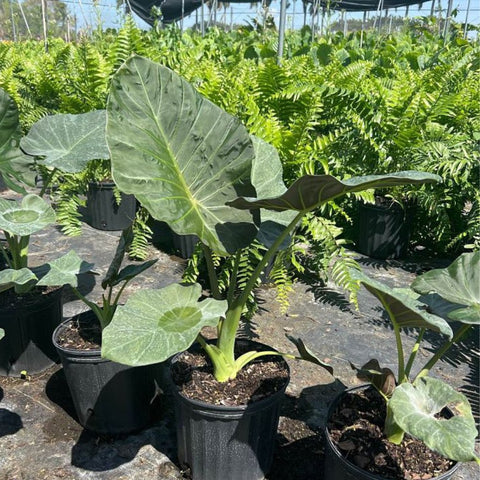
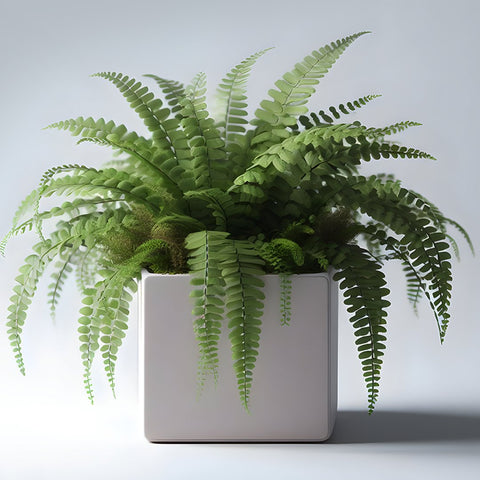



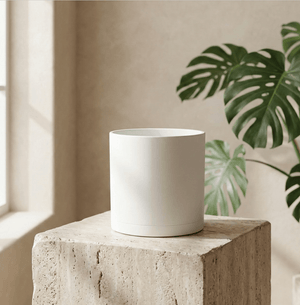
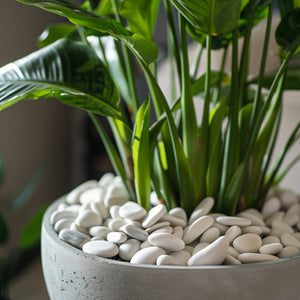


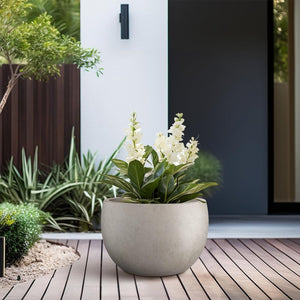



Comments (0)
There are no comments for this article. Be the first one to leave a message!